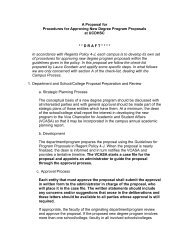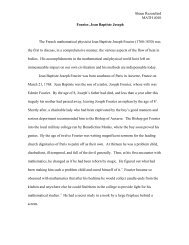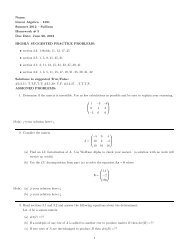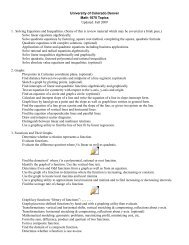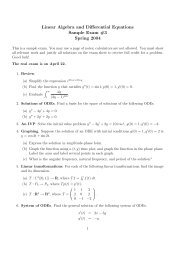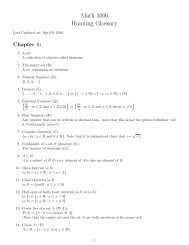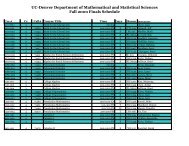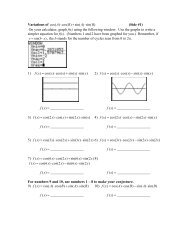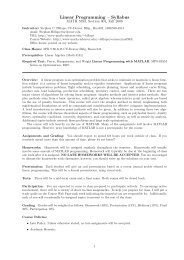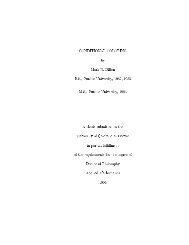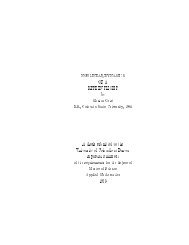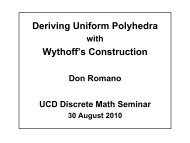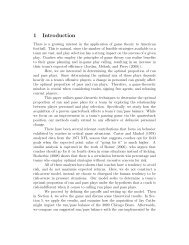The Role of Software in Optimization and Operations Research
The Role of Software in Optimization and Operations Research
The Role of Software in Optimization and Operations Research
Create successful ePaper yourself
Turn your PDF publications into a flip-book with our unique Google optimized e-Paper software.
OPTIMIZATION AND OPERATIONS RESEARCH – <strong>The</strong> <strong>Role</strong> <strong>of</strong> S<strong>of</strong>tware <strong>in</strong> <strong>Optimization</strong> <strong>and</strong> <strong>Operations</strong> <strong>Research</strong> - Harvey J.<br />
Greenberg<br />
Figure 3: Anatomy <strong>of</strong> a Model<br />
F<strong>in</strong>ally, learn<strong>in</strong>g is another level <strong>of</strong> relations that can be part <strong>of</strong> an artificially <strong>in</strong>telligent<br />
environment for model formulation <strong>and</strong> management. It <strong>in</strong>cludes learn<strong>in</strong>g relations<br />
among objects from experience with some scenarios, even without human feedback.<br />
One example is when it detects an <strong>in</strong>feasibility <strong>and</strong> diagnoses its cause. This could lead<br />
to an automatic check for those conditions <strong>in</strong> future scenarios.<br />
<strong>The</strong> diagram <strong>in</strong> Figure 3 is simplified. It does not show, for example, whether an object<br />
or relation is primitive or implied; it does not show attributes or other elements that<br />
require discussion if we were to consider implementation. Its purpose is simply to<br />
highlight an anatomy <strong>in</strong> tune with the role <strong>of</strong> s<strong>of</strong>tware <strong>in</strong> optimization, start<strong>in</strong>g with<br />
model formulation. Also, the model<strong>in</strong>g process conta<strong>in</strong>s more than models; it also<br />
conta<strong>in</strong>s guidance for solvers, model management aids, <strong>and</strong> rules to support analysis <strong>of</strong><br />
<strong>in</strong>stances.<br />
4.1. Expressive Power<br />
<strong>The</strong> expressive power <strong>of</strong> a language is its ability to represent different k<strong>in</strong>ds <strong>of</strong> objects<br />
<strong>and</strong> relations. <strong>The</strong>oretically, the languages <strong>in</strong> use today have the same expressive power,<br />
©Encyclopedia <strong>of</strong> Life Support Systems (EOLSS)



